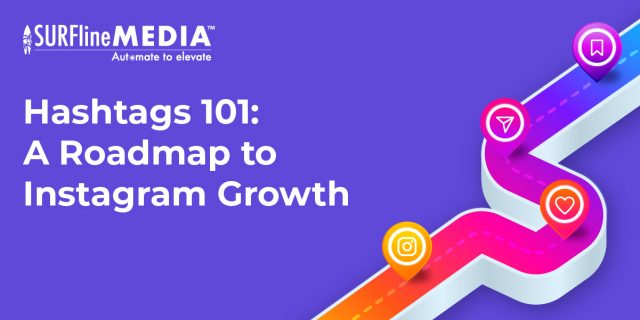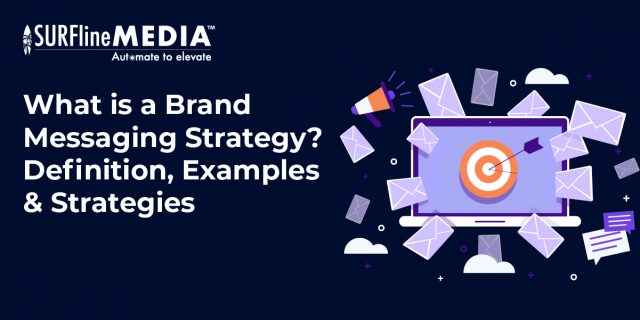

- September 3, 2023
- 4:00 pm
- No Comments
A Guide to Interactive Content for Successful Content Marketing (2023)
From quizzes that fuel curiosity to calculators that solve real-time problems, interactive content marketing has proven its prowess in captivating audiences like never before. This blog unravels the power of interactive posts in transcending passive consumption, forging deeper connections between brands and their audiences.
1. Understanding Interactive Content
Interactive content is a dynamic approach in modern marketing, involving online material that actively engages users instead of passively delivering information. This type of content prompts audience participation through quizzes, polls, calculators, and more, making the experience more personalized and captivating. The significance of interactive content has risen dramatically due to the ever-increasing competition for users’ attention.

Interactive content engages users through active participation, fostering personalized experiences and valuable insights.
It not only captures their interest but also maintains it by encouraging active involvement. In an era where consumers seek personalized experiences, interactive content marketing serves as a powerful tool for brands to connect deeply with their audience. This engagement fosters brand loyalty and enhances the overall marketing strategy, making interactive content an essential component of successful modern marketing campaigns.
2. Types of Interactive Content
2.1 Quizzes and Polls
Quizzes and polls are interactive content pieces that ask users questions and allow them to select answers. They engage audiences by appealing to curiosity and the desire to test their knowledge. Quizzes provide a sense of achievement upon completion, while polls involve users in decision-making processes, making them feel valued.
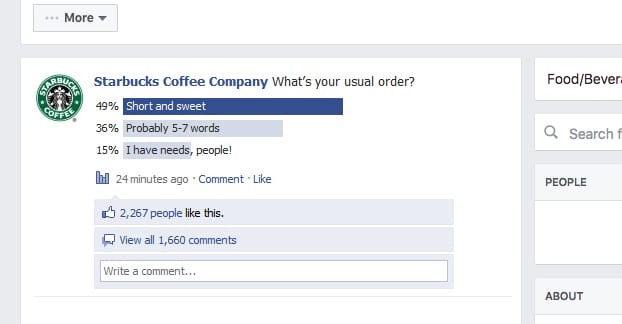
2.2 Interactive Infographics
Interactive infographics transform static data into dynamic visual experiences. Users can hover over elements for additional information, enhancing their understanding. These infographics boost engagement by providing visually appealing and easily digestible content. They encourage exploration and keep users on the page longer, increasing the chances of retaining the message.

2.3 Calculators and Assessments
Calculators and assessments allow users to input data to receive personalized results or recommendations. These interactive tools cater to users’ individual needs, creating a sense of relevance and personal connection. Engagement arises from the value users gain from the specific insights provided, leading to increased trust and brand loyalty.
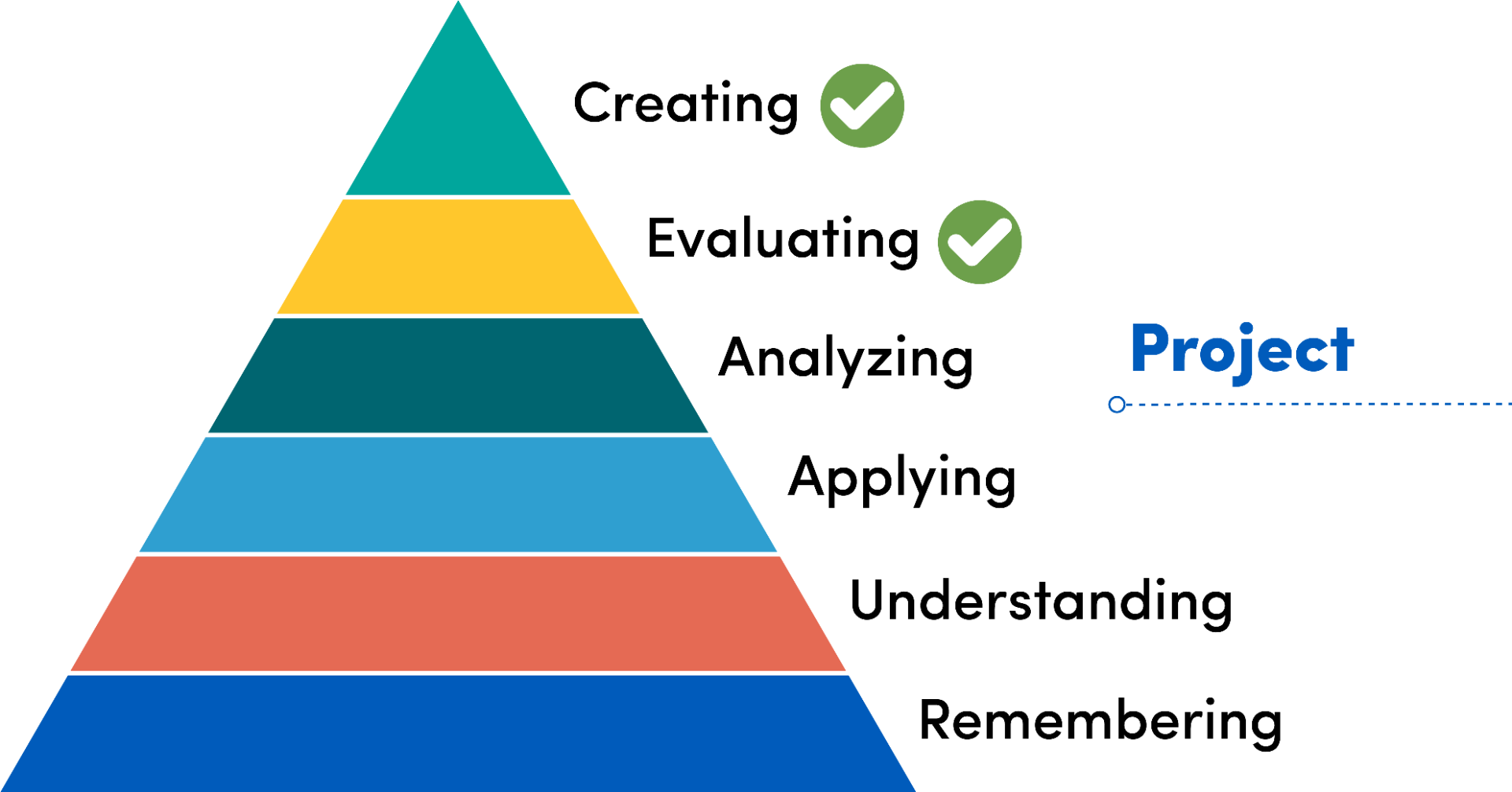
2.4 Interactive Videos
Interactive videos enable viewers to make choices during the playback, affecting the direction of the content. These videos boost engagement by turning passive viewers into active participants, leading to a more immersive experience. The element of choice creates a sense of involvement and curiosity about different outcomes, encouraging users to re-watch and explore alternate paths.
2.5 Contests and Games
Contests and games invite users to participate in challenges or competitions. They foster engagement by triggering users’ competitive nature and desire for rewards. These activities generate excitement and encourage users to share their involvement, extending the reach of the content. The element of fun and the potential for winning prizes enhance brand interaction and recall.
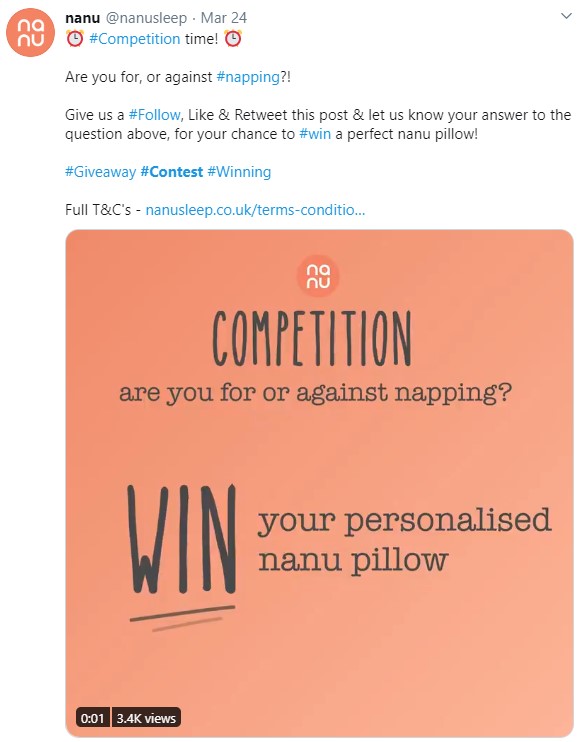
3. Benefits of Interactive Content
3.1 Enhanced User Engagement
Interactive content marketing stands out as a dynamic tool to capture and retain user attention. The inherent nature of interactivity encourages users to actively participate rather than passively consume information. This direct involvement makes users feel invested in the content and more likely to explore it thoroughly. Interactive elements like quizzes, polls, and interactive infographics create a sense of curiosity and discovery, urging users to spend more time interacting with your brand. This heightened engagement is reflected in the statistics, with interactive content boasting an average engagement rate of around 70%, significantly surpassing the average engagement rate of approximately 36% for static content.

3.2 Personalization and Tailored Experiences
One of the most impactful benefits of interactive content lies in its ability to offer personalized experiences to users. Interactive content can adapt based on user choices, providing them with tailored recommendations, insights, or solutions. This personalization taps into users’ individual preferences and needs, fostering a deeper connection with your brand. The concept of personalization holds immense value in marketing; a study by Evergage indicates that 88% of marketers report measurable improvements due to personalization. Interactive content takes personalization a step further by allowing users to actively shape their experience.
3.3 Data Collection and Audience Insights
Interactive content acts as a valuable avenue for data collection, offering insights into user preferences, behaviors, and opinions. Surveys, polls, and quizzes are not only engaging for users but also provide a structured way to gather information. The data collected from interactive content can offer crucial insights into your audience’s demographics, preferences, pain points, and buying behaviors. The ability to collect real-time data and feedback from interactive elements empowers marketers to make data-driven choices. This data-driven approach is highly effective; according to a survey by Ascend2, 63% of marketers consider data-driven marketing to be the most important strategy for achieving their marketing goals.
3.4 Improved Brand Recall and Awareness
Interactivity in content elevates its memorability. Users are more likely to remember an experience in which they actively participated compared to passive content consumption. This enhanced brand recall factor is crucial for building brand awareness and recognition. When users engage with your interactive content, they are not just consuming information but actively experiencing it. This sensory-rich engagement forms stronger neural connections, resulting in better retention of the content’s message and, by extension, your brand. Research supports this notion – studies show that retention rates for information presented through interactive content can reach up to 90%, compared to just 10% for traditional, static content.
3.5 Increased Time Spent on Page
The immersive nature of interactive content fosters a longer engagement window. Users are drawn into the interactive elements, spending more time on your website or landing page. Whether it’s answering questions in a quiz, exploring different outcomes in an interactive video, or interacting with data in an interactive infographic, users are more likely to invest time in an experience they find captivating and rewarding. This extended engagement duration translates into more opportunities to convey your brand message, educate users about your products or services, and guide them through your marketing funnel. According to a study by ion interactive, interactive content increases time spent on a page by an average of 3-4 times when compared to static content.
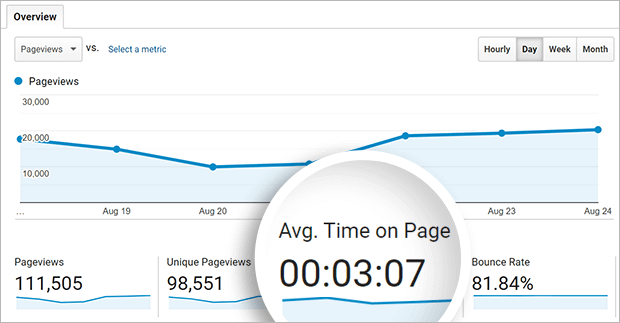
3.6 Boosted Conversion Rates
Interactive content goes beyond engagement; it has a direct impact on conversions as well. The personalized, engaging nature of interactive elements can guide users towards conversion actions. This level of utility not only enhances user experience but also serves as a persuasive factor, nudging users closer to conversion. A study by the Content Marketing Institute found that interactive Facebook posts serves as a powerful tool for lead generation and nurturing, with 70% of marketers reporting its effectiveness in this regard. Furthermore, interactive content’s ability to capture and maintain attention directly contributes to its conversion-boosting potential.
4. Integrating Interactive Content in Marketing Strategy
4.1 Align with Buyer Personas and Customer Journey
When integrating interactive content into your digital marketing strategy, ensure that it aligns seamlessly with your buyer personas and customer journey. Consider where your audience is in their decision-making process and what type of interactive content would provide the most value at each stage. For instance, quizzes that help users identify their needs align well with the awareness stage, while calculators that offer personalized solutions are valuable during the consideration phase.
4.2 Design for User Engagement
Craft interactive content that is visually appealing, intuitive, and user-friendly. The design should encourage easy interaction and guide users through the experience. Consider mobile responsiveness to cater to users across devices. Incorporate eye-catching visuals, clear instructions, and minimal barriers to entry, ensuring a smooth and enjoyable interaction. Design plays a significant role in keeping users engaged and motivated to explore further.
4.3 Tailor Content to Resonate with Audience
Interactive content should resonate with your target audience’s preferences and interests. Understand your audience’s pain points, aspirations, and motivations to create content that addresses their specific needs. This personalized approach enhances engagement and user satisfaction. For instance, if you’re targeting tech-savvy millennials, consider creating interactive content that aligns with their digital habits and preferences.
4.4 Leverage Data Collection
Integrating interactive content provides an opportunity to gather valuable data about your audience. Implement data collection mechanisms that provide insights into user behavior, preferences, and choices. Use this data to refine your marketing strategies, personalize future interactions, and enhance overall user experience. This data-driven approach ensures that your content resonates with your audience and evolves based on their feedback.
4.5 Integrate with Marketing Automation
To streamline your content strategy, integrate it with your marketing automation tools. This integration allows for personalized follow-up based on user interactions. For instance, if a user completes a quiz on a specific topic, you can send them tailored content related to their quiz results. This nurtures leads and guides users through their journey while maintaining their interest.
4.6 Measure and Analyze Performance
Regularly monitor the performance of your content. Track metrics such as engagement rates, time spent, conversion rates, and data collected. Analyze the results to understand what’s working and what could be improved. Use these insights to iterate and optimize your interactive content strategy for better outcomes over time.
5. Case Studies: Interactive Content Examples
5.1 Case Study 1: BuzzBuilder’s Quiz-Driven Lead Generation
Challenge: BuzzBuilder, a B2B lead generation platform, aimed to increase their lead capture while offering value to users beyond the typical sign-up forms.
Solution: They implemented an interactive quiz titled “Lead Generation Mastery Assessment”. This quiz allowed users to assess their lead generation strategies and receive a personalized report on areas for improvement.
Results: The interactive quiz achieved remarkable success. It increased BuzzBuilder’s lead capture by 50%, outperforming traditional forms. Users spent an average of 4 minutes engaging with the quiz, leading to higher engagement rates. Additionally, the personalized report prompted users to explore BuzzBuilder’s solutions that aligned with their identified needs.
Takeaway: This case highlights how a well-crafted interactive quiz not only captures leads but also provides value to users. By tailoring the content to users’ needs and offering personalized insights, BuzzBuilder significantly enhanced user engagement and lead conversion.

5.2 Case Study 2: Sephora’s Interactive Beauty Profile
Challenge: Sephora, a leading cosmetics retailer, aimed to enhance its online shopping experience by replicating the in-store personalized assistance.
Solution: Sephora introduced an interactive “Beauty Profile” on their website. Users answered questions about their skin type, makeup preferences, and desired outcomes. Based on the responses, Sephora offered tailored product recommendations and tutorials.
Results: The interactive Beauty Profile transformed Sephora’s online engagement. Users spent an average of 8 minutes engaging with the profile, exploring product recommendations and tutorials. The personalized approach led to a 3-fold increase in online sales among users who completed the profile compared to those who didn’t.
Takeaway: Sephora’s case illustrates the power of interactive content in enhancing customer experience. By offering tailored recommendations and guidance, Sephora not only boosted engagement but also drove significant revenue growth through personalized interactions.


6. Conclusion
As the digital arena continues to evolve, the importance of interactive content remains steadfast. Its ability to foster engagement, tailor experiences, and yield invaluable audience insights positions it as a cornerstone of modern marketing strategies.
So, as you embark on your journey to create compelling interactive content, remember to harness its potential to spark curiosity and forge connections. For more insights on successful content strategies and navigating the ever-evolving digital landscape, be sure to explore Surfline Media‘s blog. There, you’ll find a wealth of resources to guide you in harnessing the power of interactive content and beyond.
_______________________

Surfline Media – Automate to Elevate
Our website: https://surflinemedia.com/
Contact us: https://surflinemedia.com/contact-us/
Phone number: +1 323-741-4482
Email: [email protected]

